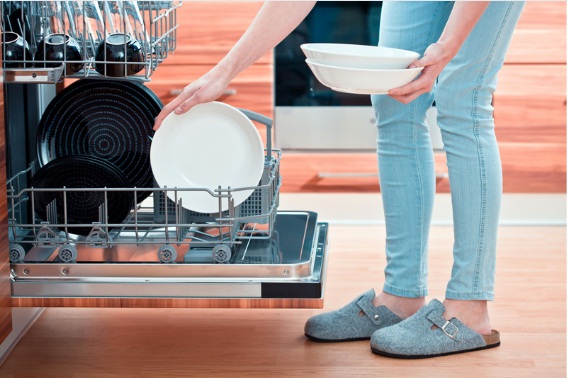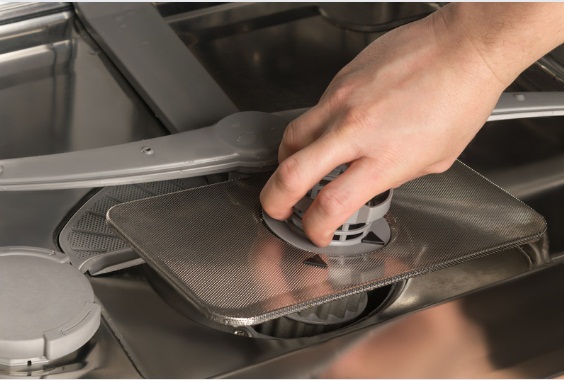Is your dishwasher not draining? If you open your appliance and find a smelly, sudsy puddle inside, you need to unclog it to get it draining again.

A clogged dishwasher is one most common problems reported to plumbers by homeowners. But before you start hiring a professional, you might want to follow these simple troubleshooting tips that could help you figure out what’s wrong.
What You Will Need:
Wash rags
Bucket and a small cup
Screwdriver or pliers
Step 1: Run The Disposal
Start by removing all the dishes and flatware from the dishwasher. You might need to rewash it.
If you have a garbage disposal, run it to clear a clog in the drainpipe and let the water drain from the dishwasher. After that, perform a rinse cycle to see if it helps.
Step 2: Remove Standing Water
Suppose running the garbage disposal still didn’t fix the problem. You might need to go a bit deeper into your dishwasher. But before you start touching and removing its parts, it’s best to unplug your dishwasher. If you don’t, you might put yourself at risk for electrocution.
Start removing the standing water inside your dishwasher using a cloth or a cup. Don’t forget to place paper towels or rags around the base of the dishwasher to stop the water from making a mess on the floor.

Step 3: Clean Or Change The Filter
Remove the filter. The dishwasher filter is in the bottom pan, near the spray arm, or at the rear of the dishwasher. Unscrew the filter housing from the pan.
After removing the filter from the dishwashing pan, you may clean the filter screening.
If you ever need to replace the filter, check up on the dishwasher’s make and model in the manual.
Step 4: Check The Drain Pipe or Hose
Find the drain pipe from your dishwasher to your sink. Remove the clip holding your drain hose to the plumbing. To release the clamp, use a screwdriver or pliers.
You’ll also need a bucket to collect excess water or debris from the hose. Replace it and tighten the clamp after flushing out any dirt and excess water from the drain hose.
Then check if it’s securely attached to the plumbing.

Step 5: Clean The Sink’s Air Gap
The air gap in your kitchen sink prevents drain water from backing up into the dishwasher. This slotted stainless steel cylinder connects the dishwasher’s drain line to the top near the faucet. Water may be trapped in the air gap it becomes clogged.
Remove it by turning it counterclockwise. Then, use a stiff brush to get rid of any dirt.
After you’ve cleaned the buildup off, put the air gap back in, and make sure it’s secure. Then, try running your dishwasher again.
There you go! Any of the steps should fix your dishwasher running back to normal. There are many home repairs that you can do before calling in for professional help.
From fixing your smelly washing machine to repairing a wobbly chair, you can definitely do it with the right tools and proper instructions.





